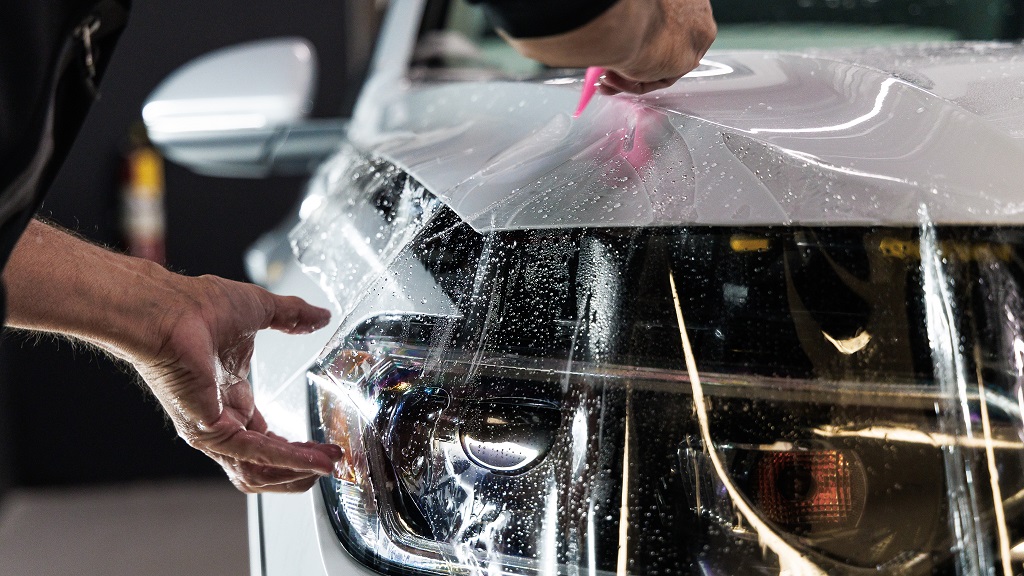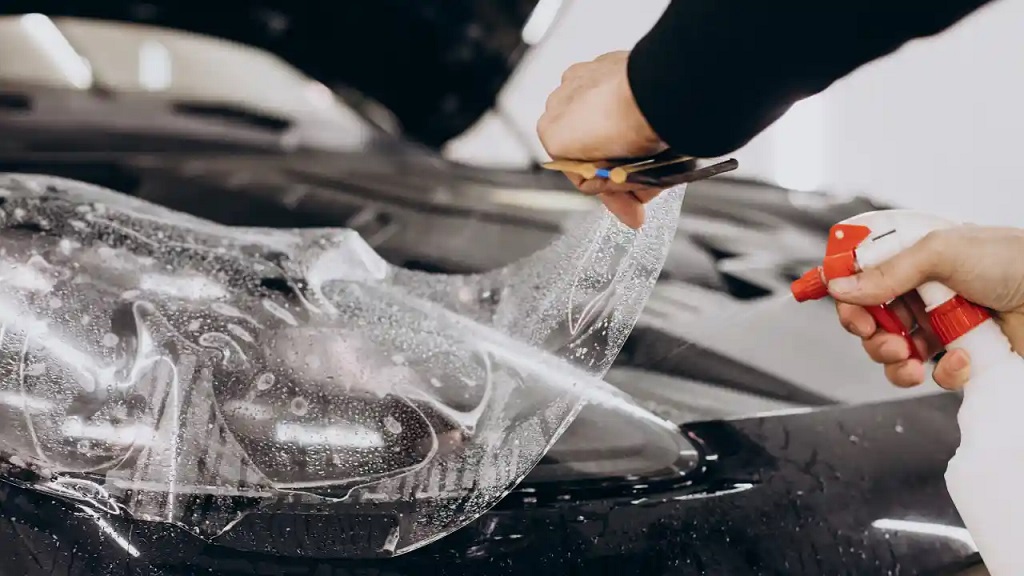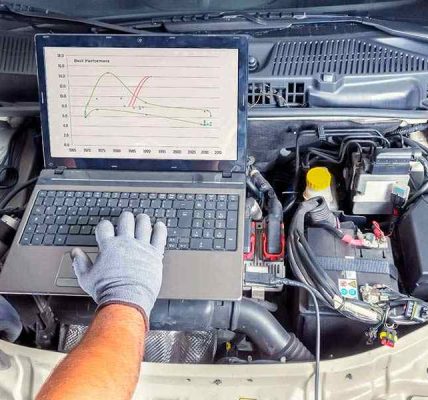Keeping Your Car Looking Sharp: A Guide to Repairing Paint Damage and Maintaining Paint Quality
A car’s paint job is not just about aesthetics; it serves as a protective layer safeguarding the underlying metal from rust and other environmental damage. However, everyday wear and tear, minor accidents, or even improper washing techniques can leave unsightly scratches, chips, or fading on your car’s paint. But fear not! With the right knowledge and techniques, you can tackle these issues and keep your car looking its best.
Assessing the Damage: From Minor Scratches to Deep Gouges
The first step is to assess the severity of the damage. Here’s a breakdown of common paint issues and their repair approaches:
- Clear Coat Scratches: These are superficial marks confined to the clear coat, the transparent layer protecting the paint. They can often be buffed out using a scratch-removal compound or polish.
- Minor Paint Scratches: These penetrate the paint layer but don’t reach the metal underneath. Touch-up paint and clear coat application might be sufficient.
- Deep Scratches and Chips: These expose the metal beneath the paint, requiring a more involved approach involving sanding, priming, and repainting the affected area.
DIY Repairs vs. Professional Help: Knowing Your Limits
For minor clear coat scratches and some paint scratches, DIY repairs are a viable option. However, for deeper scratches, chips, or extensive damage, professional body shop intervention is recommended. Here’s a breakdown to help you decide:
- DIY Repairs: Ideal for small, isolated imperfections. Requires basic tools and readily available car care products. Offers a cost-effective solution for minor touch-ups.
- Professional Help: Necessary for extensive damage, deep scratches exposing metal, or repairs requiring paint matching and blending. Body shops have the expertise and equipment to ensure a flawless finish.
The DIY Toolbox: Essential Supplies for Minor Paint Repairs
If you choose the DIY route, here are some essential tools and products to gather:
- Scratch Removal Compound: A polishing compound designed to remove light scratches and restore clarity.
- Microfiber Cloths: Non-abrasive cloths to apply and buff products without causing further scratches.
- Touch-Up Paint: Paint that matches your car’s specific color code (usually found on a sticker inside the driver’s door jamb).
- Clear Coat Spray: A transparent protective layer is applied after touch-up paint to seal the repair.
- Sandpaper (Optional): Fine-grit sandpaper for prepping deeper scratches before applying touch-up paint.
The Art of Scratch Removal: A Step-by-Step Guide
For minor clear coat scratches and light paint scratches, follow these steps:
- Wash and Dry the Area: Thoroughly clean the damaged area with car wash soap and remove any dirt or debris that could worsen the scratches during repair.
- Apply Scratch Removal Compound: Using a microfiber cloth, apply the compound in a circular motion, focusing on the scratched area. Buff the area gently to remove the scratches.
- Clean Up: Wipe the area clean with a fresh microfiber cloth to remove any residue.
- Touch-Up Paint (For Paint Scratches): If the scratch penetrates the paint, apply a small amount of touch-up paint using a fine brush. Ensure the paint matches your car’s color code. Apply multiple thin coats instead of one thick coat to avoid unevenness.
- Clear Coat Application (Optional): Once the touch-up paint dries completely, apply a thin layer of clear coat to protect the repaired area.

Beyond Repairs: Maintaining Paint Quality for Long-Lasting Shine
Preventing damage is always easier than repairing it. Here are some tips to maintain your car’s paint quality:
- Regular Washing: Wash your car regularly with a gentle car wash soap and a soft wash mitt. Avoid harsh detergents or abrasive sponges that can scratch the paint.
- Proper Drying: Use a microfiber drying towel to gently remove excess water after washing. This helps prevent water spots and streaks.
- Parking in the Shade: Excessive sun exposure can cause the paint to fade over time. Whenever possible, park your car in a shaded area or use a car cover.
- Waxing and Polishing: Regular waxing (every 3-4 months) creates a protective barrier against UV rays and environmental pollutants. Polishing (once or twice a year) removes minor imperfections and restores shine.
- Professional Detailing: Consider professional detailing services periodically for a deep clean and paint rejuvenation.
Additional Tips for Specific Paint Concerns
- Bird Droppings and Bug Splatter: Address these immediately as they can etch the paint if left unattended. Use a damp microfiber cloth with soapy water to gently remove them.
- Swirl Marks: These are fine, hair-like scratches caused by improper washing techniques or abrasive materials. Claying and polishing can often remove them.
- Hard Water Spots: Mineral deposits left behind by hard water can leave white spots on the paint. Use a vinegar solution or a dedicated hard water spot remover to address them.
Related: How Do I Know If My Car is Misfiring? A Guide to Spotting Engine Trouble
Conclusion: A Flawless Finish Within Reach
Maintaining a car’s paint quality requires a combination of proper repair techniques and preventive measures. By understanding the different types of damage, the tools required for DIY repairs, and the importance of routine car care, you can keep your car looking sharp and protected for years to come. Remember, for extensive damage or when unsure about your DIY skills, seeking professional help from a reputable body shop is always recommended. With a little effort and knowledge, you can ensure your car’s paint continues to be a source of pride and a testament to your car care prowess.





